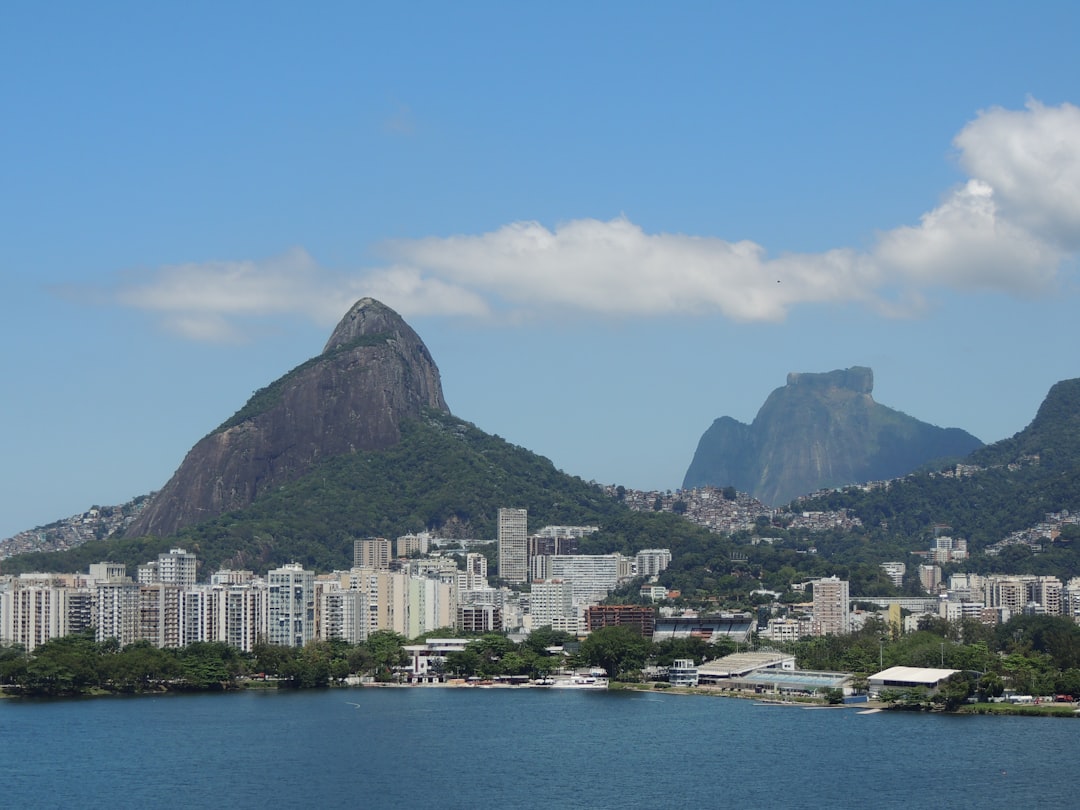What is it about?
Attributes such as gradient and curvature of the seabed are usually computed from bathymetric (topographic) data after gridding them, but commonly even small errors in the data (such as varied tide or vessel draft error, remaining motion-sensor roll or pitch offset or sounding, motion sensor or GPS noise) lead to noisier data where adjacent or crossing swaths of data overlap. An alternative approach of computing attributes from within swaths is shown here, allowing those attributes then to be gridded and leading to results with fewer artifacts between swaths. Soundings (bathymetry / topography measurements) within each swath are selected in circular groups and a paraboloid is fitted to them. The paraboloid allows the effective curvature and orientation of ridges or valleys in the data to be resolved, as well as the overall gradient and direction of maximum gradient. Varying the size of each group of data from which the paraboloids are fitted, attributes can be quantified with varying scale.
Featured Image
Why is it important?
Calculating paraboloids from data ("point clouds") directly has a number of advantages over calculation from grids, e.g., better performance if there are inter-swath problems and measures of goodness-of-fit to the original data.
Read the Original
This page is a summary of: Processing and analysis of Simrad multibeam sonar data, Marine Geophysical Research, December 1996, Springer Science + Business Media,
DOI: 10.1007/bf00313883.
You can read the full text:
Contributors
The following have contributed to this page










